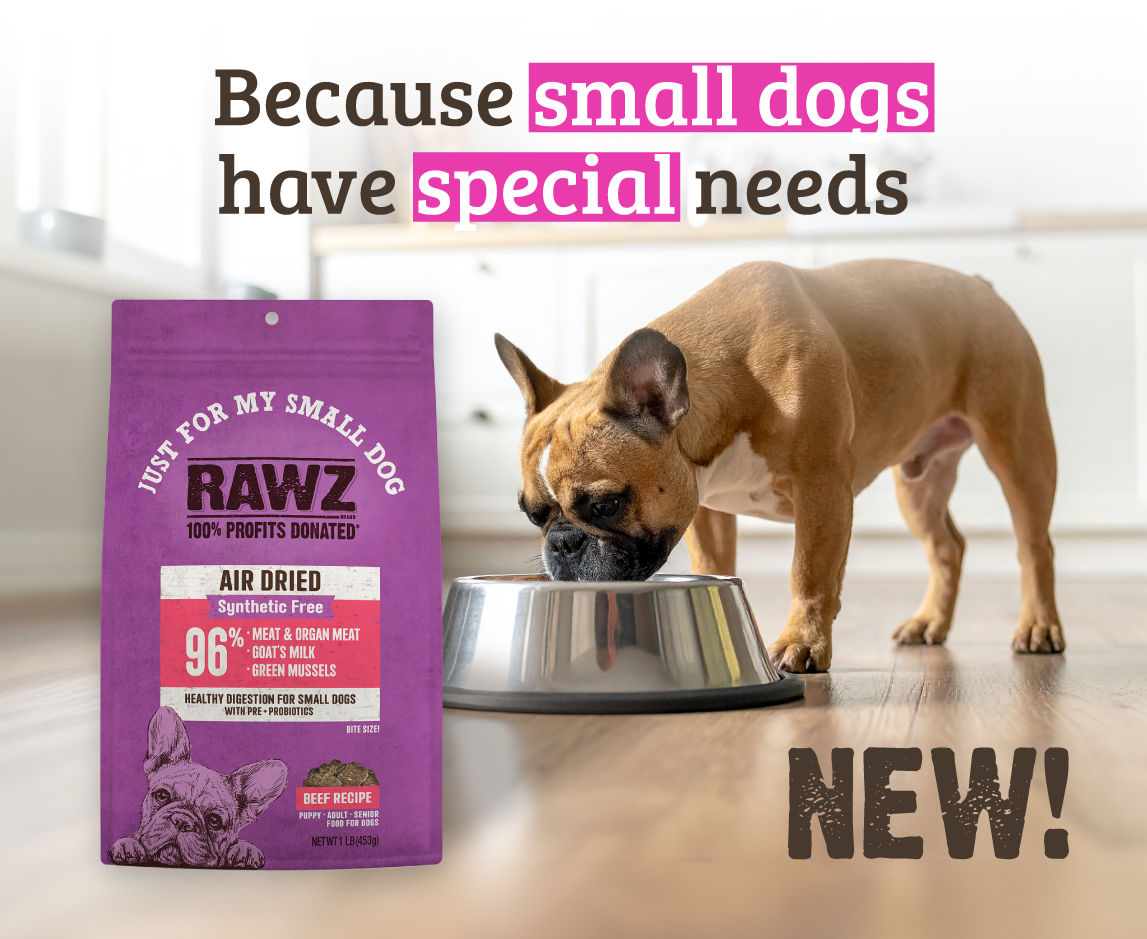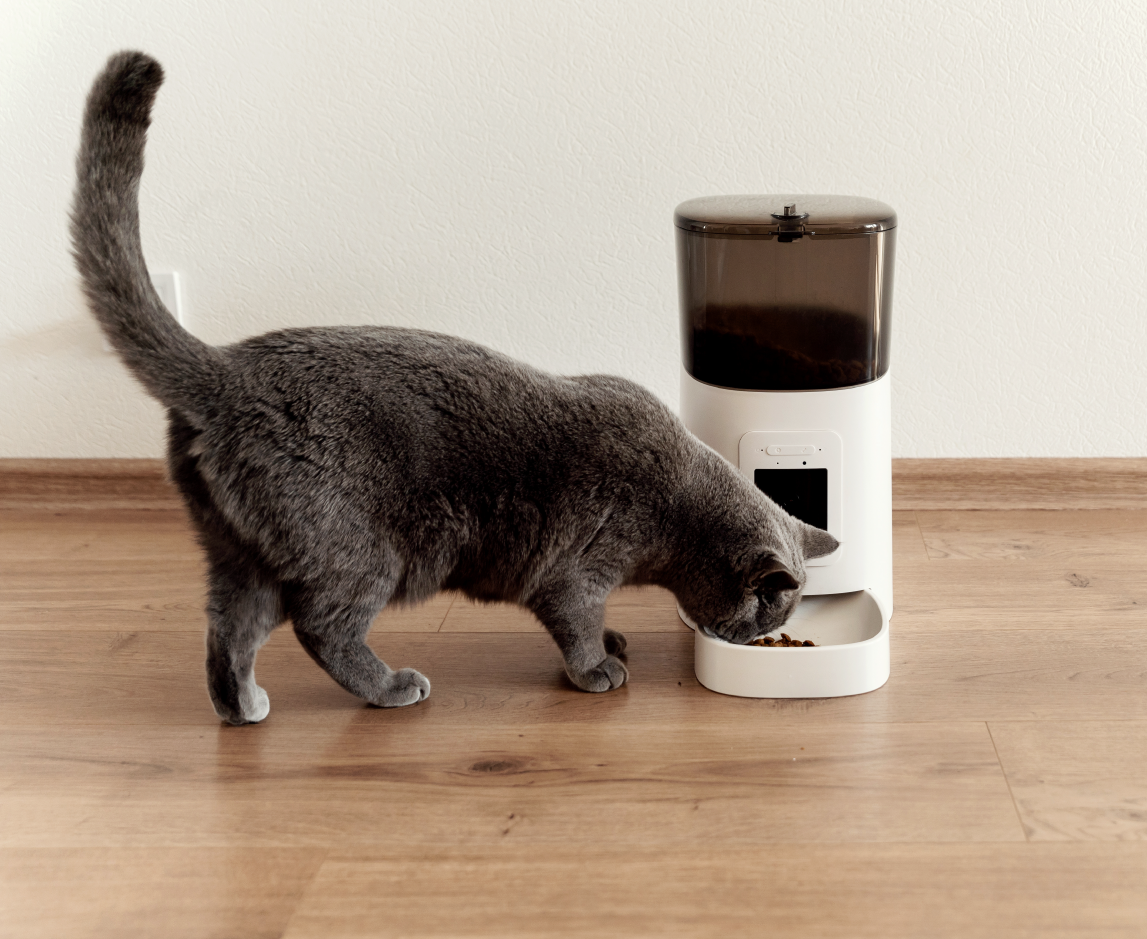As a dog owner you want nothing but the best for your canine companion, and seeing a pet in pain is never easy. Unfortunately, joint issues in dogs can be common depending on breed, age and activity level. But that doesn’t mean your pet has to suffer. Knowing what to look for and keeping an eye on risk factors can make a notable difference in your dog’s quality of life.
Types of Dog Joint Pain
There are two main categories of joint pain — degenerative and developmental:
- Degenerative joint pain, also known as osteoarthritis, progresses over time as the cartilage responsible for cushioning joints deteriorates. Gradual wear of that cushion leads to loss of range of motion, inflammation, pain and possibly bone spurs for your dog.
- Developmental joint pain can begin during early puppy stages. A genetic predisposition to growth issues is often to blame. Large breeds, like Bernese Mountain dogs, retrievers and German shepherds, are more prone to this type of joint health issue because their cartilage is forced to support more weight.
Signs of Joint Pain in Dogs
Knowing what causes joint pain in dogs can help you prevent damage or intervene early to minimize discomfort. Slowing progression can also lessen the need for more extensive measures later in a dog’s life. The most obvious sign that your dog is dealing with joint pain is if they abruptly stop a common activity. Other early signs are:
- Limping
- Lameness
- Stiffness
- Hesitancy or difficulty getting up
- Loss of muscle mass in a specific area of the body
- Reluctance to physical movement
- Shying away from physical touch
- Unusual isolating behavior
- Irritability
- Weight gain
- Struggling to get in and out of urinating or defecating posture
- Lethargy
Risk Factors of Joint Problems in Dogs
Certain dog breeds are genetically predisposed to joint pain, but others develop the issue because of behavioral and body conditioning factors. They are:
- Weight: The strain of carrying extra weight causes a slew of issues, like accelerated joint damage and organ dysregulation.
- Age: Perhaps to be expected, wear and tear on joints accumulates with time, and dogs can experience varying amounts of pain. But don’t rule out the possibility of joint issues in puppies. Dr. B. Duncan Lascelles, a professor of surgery and pain management at North Carolina State University College of Veterinary Medicine, said at a 2020 conference that people erroneously superimpose joint issues strictly on older dogs.
- Trauma: Just like us, dogs can experience delayed effects from sustaining a fall or other physical trauma years earlier. Past injuries, even undiagnosed or minor, can cause discomfort later on.
- Poor diet: Excessive snacking, overeating and a poor quality diet are all factors of weight gain which can lead to inflammation and poor joint health. Learn about natural, minimally processed RAWZ pet food to keep your dog’s diet healthy.
Treatment Options for a Dog with Joint Pain
We can take multiple preventative measures to help our four-legged family members avoid joint issues throughout their lives. But sadly, joint pain can still appear despite our best efforts. Here are some common treatments:
- Diet and supplementation: Provide proper nutrition to help ensure your dog’s overall well-being through every stage of life. Supplementing glucosamine and chondroitin, the building blocks for cartilage growth, has been known to alleviate joint pain. Be mindful of serving sizes and appropriate macronutrients to achieve a healthy weight for your pet.
- Medication: A veterinarian can perform examinations — often including blood tests — to determine if your dog needs medication. Dogs diagnosed with joint issues often benefit from a prescription for non-steroidal anti-inflammatories.
- CBD oil: Cannabidiol, or CBD, has been shown to relieve pain in both dogs and humans. Due to limited research and little regulation, however, some veterinarians are hesitant to prescribe it. We’ve created a complete guide to CBD to help you make an informed decision for your dog after speaking with their vet.
- Physical and holistic therapies: There are alternatives to pharmacological or surgical intervention when treating pain in dogs. Explore physical and holistic therapies, which include healthy movement to address a painful condition, acupuncture or pressure work, reiki, massage and even hydrotherapy.
FAQ
How can I make my home safer for my dog’s joints?
Dr. Tiffany Tupler is among many veterinarians with advice to make your home safer for pets. In the context of joint health, she compiled this list of household modifications:
- Make sure rugs do not move around when stepped on.
- Purchase an orthopedic dog bed — comfortable, low to the ground and firm for support.
- Block off stairways, assuring your pet is supervised when they climb or descend steps.
- Use a dog lift harness to support your pet while they get up and move around.
Is dog joint pain inevitable?
Truth be told, normal wear and tear on joints caused by a dog’s regular activities can eventually cause loss of cartilage and therefore joint pain. Aging comes with the risk of discomfort in any canine. By watching for early symptoms, we can help alleviate issues.
What is the difference between dog joint pain and canine arthritis?
Canine arthritis affects at least one in every three dogs, making it the single biggest cause of chronic pain. While most joint pain is caused by arthritis, it also develops because of injury or illness. The two are not one and the same.
Should I take my pet swimming or have them walk on an underwater treadmill to treat joint pain?
Rehabilitation veterinarian Dr. Kristin Kirkby Shaw says that swimming in a pool or safe outdoor body of water is an excellent way for dogs with arthritis to exercise without putting a lot of impact on joints. Swimming is also a great tool for improving range of motion and strength in front legs, according to Kirkby Shaw. She suggests underwater treadmills to target a dog’s back legs.
Ensure that your pet is living their fullest life by being mindful of their normal activities and what you’re feeding them. Learn more about the RAWZ mission and how we work to achieve your dog’s optimal performance.





